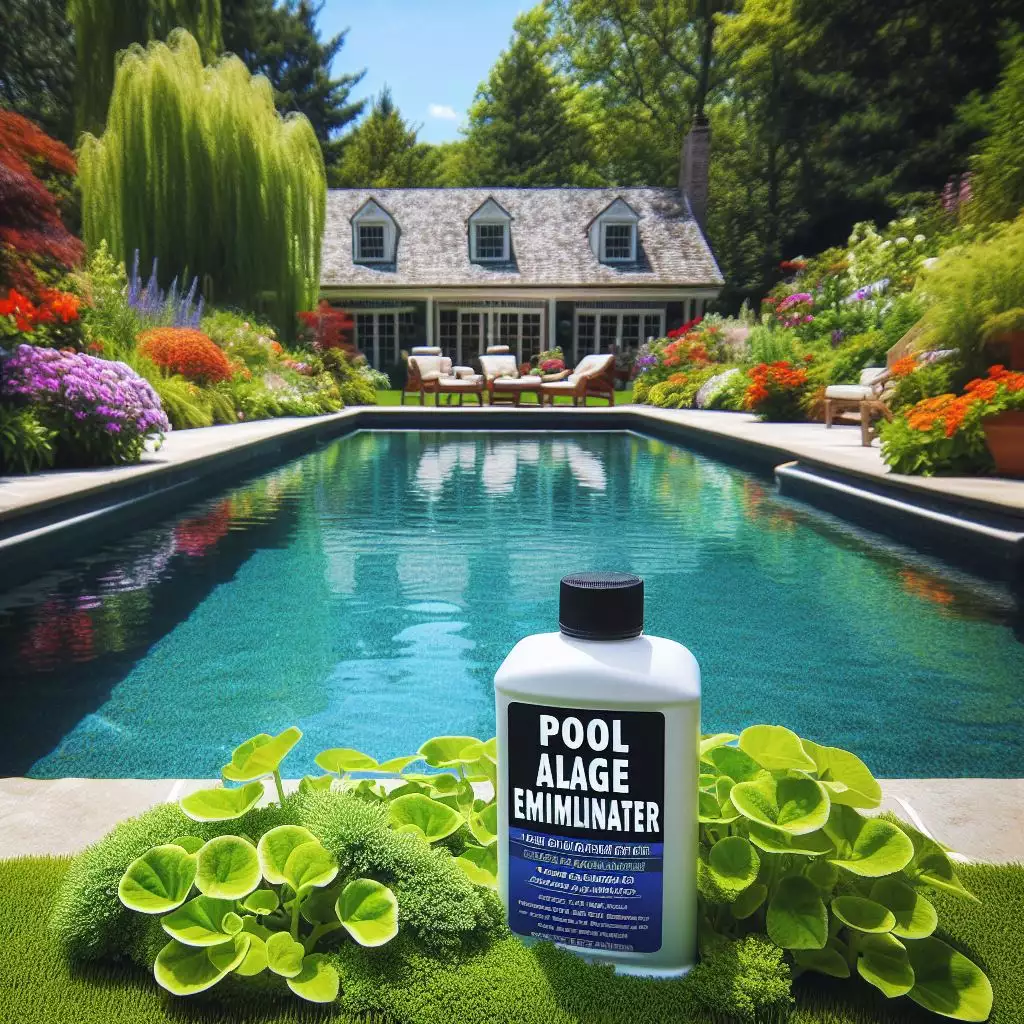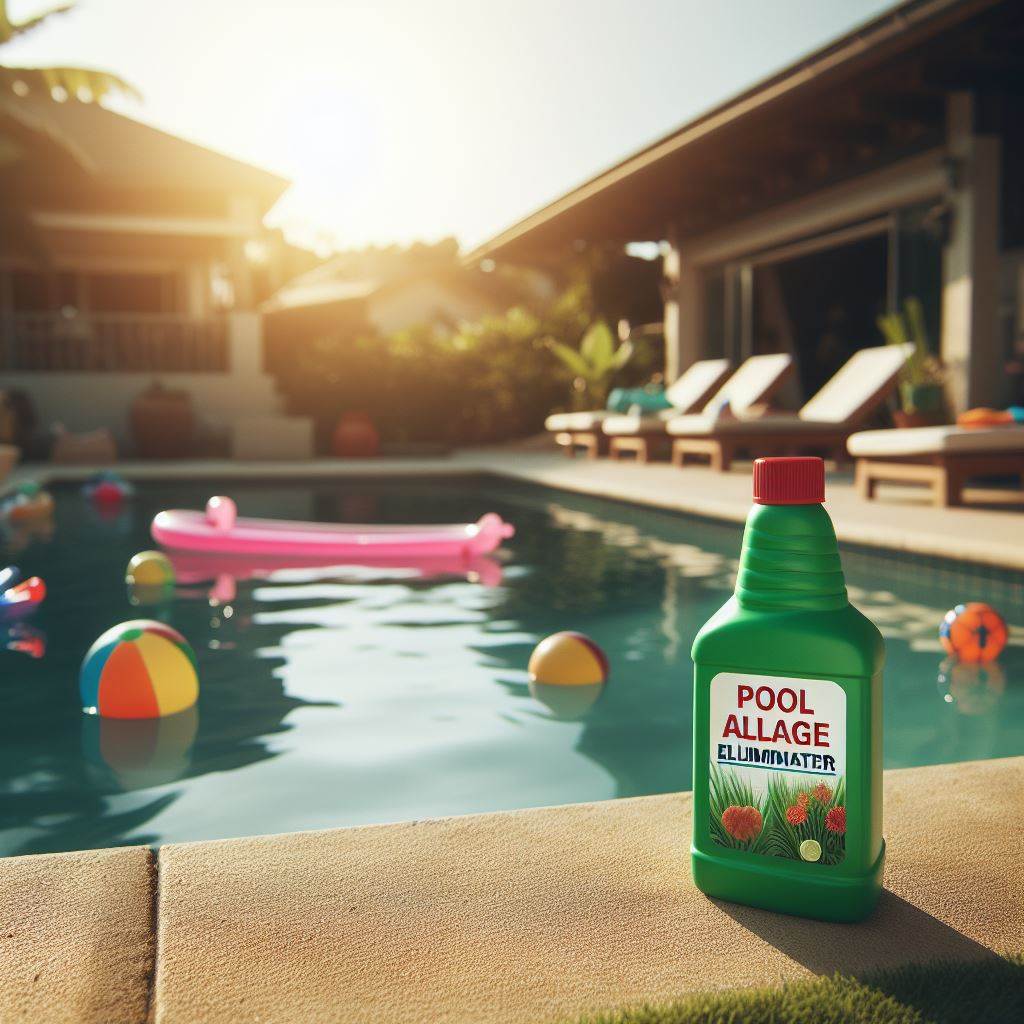A swimming pool is an ideal spot for outdoor activities during the summer, but the presence of algae can be a headache. So, how can we effectively remove algae from the pool? First, let’s understand the reasons for the occurrence of algae in pools and the different types they come in.

Reasons for Algae in Pools
The appearance of algae in swimming pools is not random and is usually influenced by the following factors:
- External Sources: Algae spores are ubiquitous and can enter pools through rainwater, soil, or wind.
- Water Quality Issues: Low chlorine levels, improper pH levels, and contaminated filters or pool circulation systems provide favorable conditions for algae growth.
- Contamination Sources: Contaminated swimwear, toys, etc., may introduce algae after being used in other water bodies.
Therefore, preventing algae is easier than treating existing algae problems. It’s crucial to maintain water balance, clean filtration systems, and wash used swimwear or toys regularly.
Types of Algae in Pools and Treatment Methods
When dealing with algae problems in pools, it’s essential to understand the different types of algae and take corresponding measures.
1. Green Algae
Green algae is one of the most common and easily killable types of algae. They can make pool water cloudy and form green slime on the pool surface. Removing green algae typically requires vacuuming and brushing the pool, followed by shocking and filtering.
2. Yellow Algae
Yellow algae, although rare in humid climates, appears like pollen or sand clinging to shaded corners of the pool. Due to its high chlorine tolerance, removing yellow algae can be relatively challenging. Multiple rounds of brushing the pool surface and increasing shock treatment are key steps in eliminating yellow algae.
3. Black Algae
Black algae is actually a type of bacteria that roots deeply into concrete surfaces, making it difficult to eradicate. Dealing with black algae requires multiple rounds of thorough cleaning and ensuring complete eradication. Besides cleaning the pool, proper shocking treatment is essential to completely clear black algae.
4. Pink Slime
Pink slime, unlike algae, is a type of bacteria that appears on pool surfaces. Unlike other algae, clearing pink slime requires adding specific algaecides and following a series of different steps to eliminate this bacteria.
How to Quickly Remove Algae from Your Pool
To swiftly remove algae from your pool, here are some steps and tips:
- Manual Vacuuming: Use a manual pool vacuum cleaner to manually vacuum the pool, paying particular attention to areas with algae, and maintain adequate water levels.
- Brushing Pool Surfaces: Use appropriate pool brushes to scrub the walls and floor of the pool, paying special attention to areas where algae are typically most severe.
- Testing and Balancing Water Quality: Use testing tools to test the chemical composition of the water and adjust water quality as needed.
- Shock Treatment: Add an appropriate amount of shock treatment based on the severity of algae growth.
- Filtering Water: Run the filter for at least eight hours to filter out dead algae particles.
- Re-testing Water Quality: Ensure the water’s chemical levels are balanced after treatment.
- Cleaning Filters: Clean the filters to prevent algae from regrowing.
How to Prevent Algae in Pools
To prevent algae in the pool, the following measures can be taken:
- Test and balance water quality weekly, adjusting as needed.
- Perform regular shock treatments on the pool water.
- Run the pump daily for 8 to 12 hours to ensure thorough water circulation.
- Regularly clean or backwash filters.
- Wash and disinfect swimwear, toys, etc., before returning them to the pool.
In conclusion, by maintaining good water quality and regular cleaning, we can effectively remove and prevent algae problems in our pools, ensuring they remain clear and enjoyable for summer relaxation.


